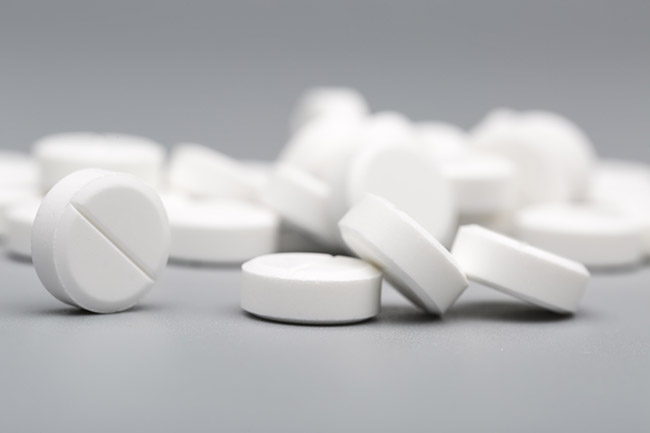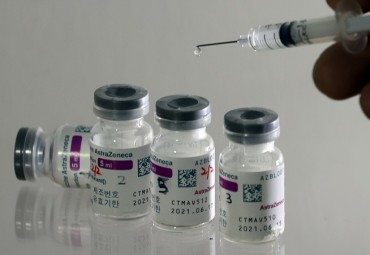
Medications like Tylenol, which contain acetaminophen and are used to reduce fever, were responsible for 21.1 percent of poisonings among teenagers. (Image courtesy of Yonhap)
SEOUL, Sept. 28 (Korea Bizwire) – A recent study conducted by the Korea Disease Control and Prevention Agency (KDCA) looked at emergency room visits for poisoning that happened over the course of a year, from June 1 last year to May 31 of this year, and revealed some alarming trends.
Researchers queried data from 15 emergency medical facilities in 14 different cities and provinces across the country. During this period, they found that there were 5,997 patients who came to these emergency rooms because of poisoning. Among all age groups, the most common type of poisoning was related to the misuse of medication, with 80 percent of teenage patients addicted to therapeutic drugs.
Specifically, medications like Tylenol, which contain acetaminophen and are used to reduce fever, were responsible for 21.1 percent of poisonings among teenagers. Another type of medication, benzodiazepine-based neuroleptics like diazepam, accounted for 19.2 percent of the cases.
To put this in perspective, the makers of Tylenol recommend a maximum daily dose of 500 mg (which is about eight tablets, or 4,000 mg) taken in two doses every four to six hours.
In response to these findings, the Korea Disease Control and Prevention Agency (KDCA) launched an educational program on August 25 aimed at middle and high school students. The goal is to teach them how to use medication correctly and provide information on first aid to prevent poisoning.
Breaking down the data further, among all age groups, therapeutic drug addiction was the most common cause of poisoning (51 percent). The age at which addiction was most likely to occur was among those in their 20s (19.7 percent), followed by those over 70 (14.5 percent), people in their 40s (14.4 percent), and those in their 50s (14 percent).
Interestingly, the majority of these poisonings occurred at home (73.5 percent). Out of the total 5,997 emergency department visits for drug poisoning, 102 patients unfortunately lost their lives, which is about 1.7 percent.
When looking at unintentional poisonings, carbon monoxide poisoning was the most common at 19.3 percent, followed by bee stings at 18.5 percent. On the other hand, intentional poisonings were more than twice as common as unintentional poisonings, accounting for 67.2 percent of cases.
Additionally, the elderly had a higher rate of pesticide poisoning. Those in their 60s had a rate of pesticide poisoning of 17.5 percent, while those in their 70s and older had similar rates of poisoning from therapeutic drugs (33.4 percent) and pesticides (31.9 percent). Children under the age of 10 were most often poisoned by man-made toxins (30.5 percent), following therapeutic drugs.
M. H. Lee (mhlee@koreabizwire.com)






